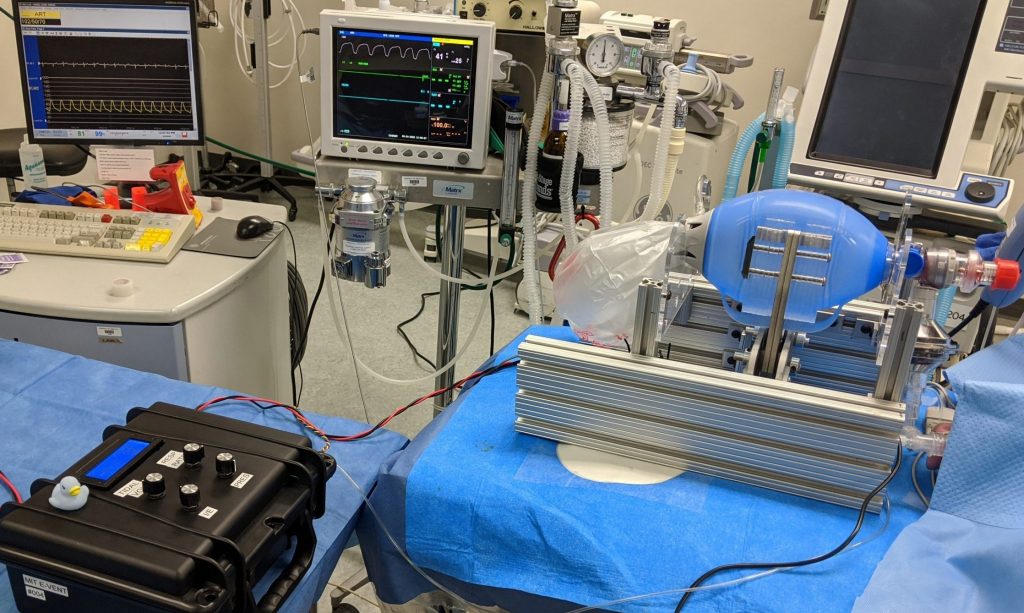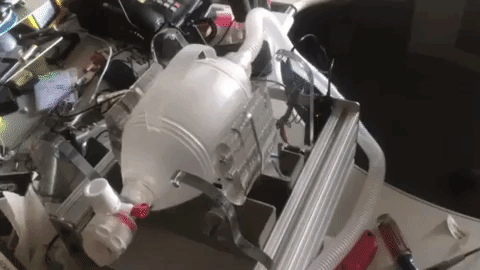
Figure 1: The MIT E Vent ventilator prototype.
A team at MIT has developed a prototype ventilator in response to the COVID-19 pandemic. The device is based around a manual ventilator, known as an ambu bag, which the prototype automates with the combination of a gearmotor, motor controller and microcontroller. The device is the next generation of a design developed in MIT’s Medical Device Design (2.75) course.
The motor controller used in this version of the ventilator design is a RoboClaw Solo, which is from BasicMicro’s line of single channel motor controllers. It provides the position and speed control necessary to control the ventilator’s parameters such as volume and pressure. The Solo does this by reading the encoder pulses from the encoder integrated in to the gearmotor that drives the ventilator.
The team behind the design is composed of people from various relevant fields and their combined experience has been used to create a design that meets the same requirements and specifications as a commercial ventilator, but at a lower price point and using off the shelf hardware. The team is currently awaiting feedback from the FDA and hopes to eventually receive FDA certification for their ventilator.
The ventilator design is open source and the full details of the build can be found at the project’s website. The MIT team estimates that their ventilator can be built for a cost of $500. However, it should be noted that the design is not intended as a DIY project and is meant to be built by those experienced in medical devices and operated by trained clinicians.
The video below shows the ventilator operating. RoboClaw is suitable for a wide range of motor control projects, this ventilator is just one application. Please reference our extensive library of articles for detailed instructions on using the full range of RoboClaw’s features. USB drivers, code libraries and example code can also be downloaded from our website.
For instructions on how to configure RoboClaw Solo for use in the MIT ventilator design click here.

Figure 2: A demonstration of the MIT ventilator working.
